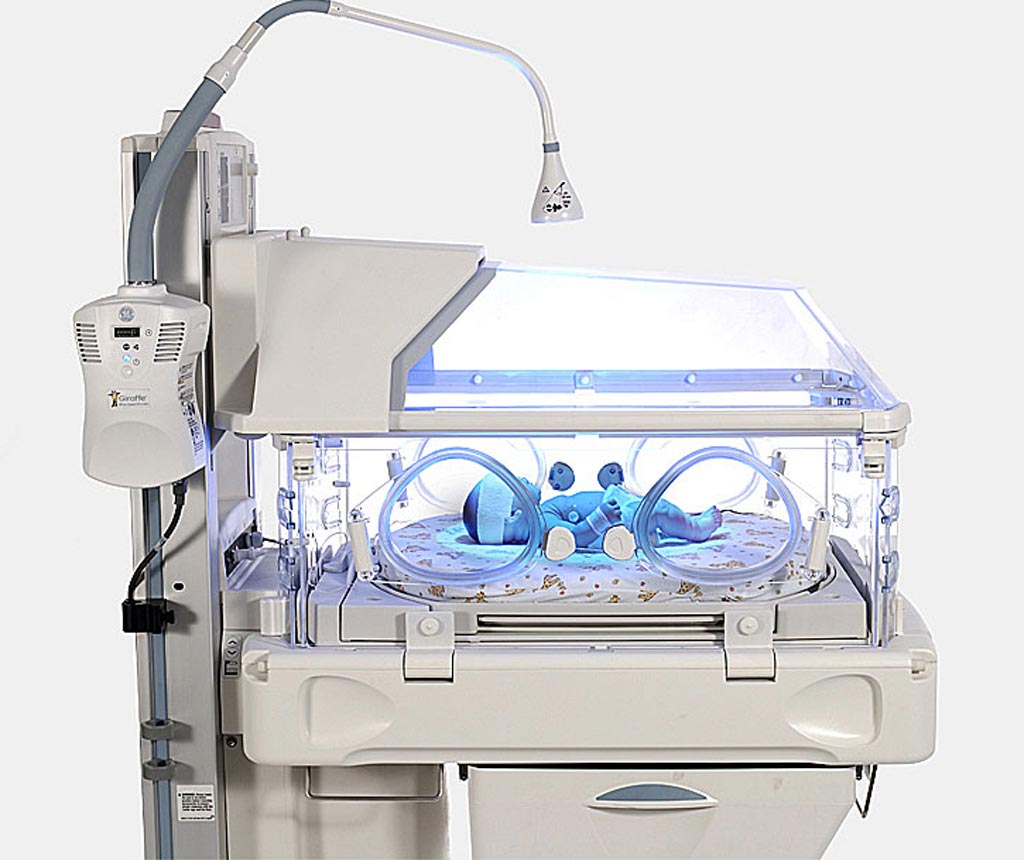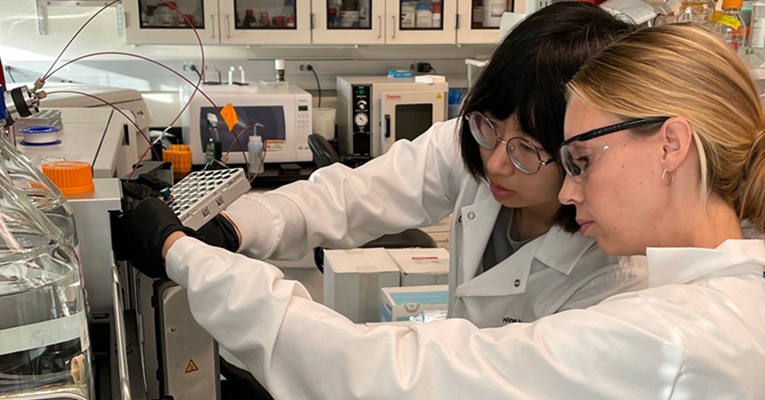Transcutaneous Bilirubin Estimated in ELBW Infants
By LabMedica International staff writers
Posted on 31 Jul 2018
Hyperbilirubinemia is seen in almost two-thirds of term and more than two-thirds of all preterm infants. The incidence of kernicterus has dramatically decreased since the onset of regular screening and aggressive management with phototherapy (PHT).Posted on 31 Jul 2018
Transcutaneous bilirubinometry (TcB) is a quick, painless and reliable alternative to serum bilirubin measurements in the management of hyperbilirubinemia. Following PHT, TcB measurements are considered unreliable, as PHT causes bleaching of the skin.

Image: The Giraffe Blue PT Lite Phototherapy system (Photo courtesy of GE Healthcare).
Pediatricians at the Lucile Salter Packard Children’s Hospital (Palo Alto, CA, USA) and their colleagues enrolled a population that consisted of extremely low birth weight (ELBW) infants born at University of Texas Medical Branch (UTMB, Galveston, TX, USA) receiving phototherapy for hyperbilirubinemia. ELBW infants were defined as infants with a birth weight of less than 1,000 g. A total of 19 infants were enrolled in the study, with a mean gestational age of 26 ± 2 weeks and mean weight 827 ± 127 g.
Prior to starting PHT, an opaque patch was placed on the back of the infant. PHT was started by using a Giraffe Blue Lite PT system and continued for five days. Transcutaneous bilirubin in covered area (TcB-C), and exposed area (TcB-E) and total serum bilirubin (TSB) levels were obtained at birth and every 24 hours for five days. TcB measurements were obtained using the Respironics BiliCheck noninvasive bilirubin meter. Serum bilirubin levels (TSB) were used as the gold standard.
The scientists found that the difference between TcB-C and TSB was 2.68 ± 2.41 mg/dL (mean ± SD), which was significantly different statistically. In contrast, the difference between TcB-E and TSB was − 0.51 ± 1.74 mg/dL, which was also statistically significant. TcB-C consistently overestimates TSB, while TcB-E consistently underestimates TSB. The authors concluded that during PHT exposure, TcB-C does not correlate with TSB values in ELBW infants and that TcB-C levels cannot be used as a surrogate for TSB measurement in ELBW infants. The study was published on July 10, 2018, in the journal BMC Pediatrics.














